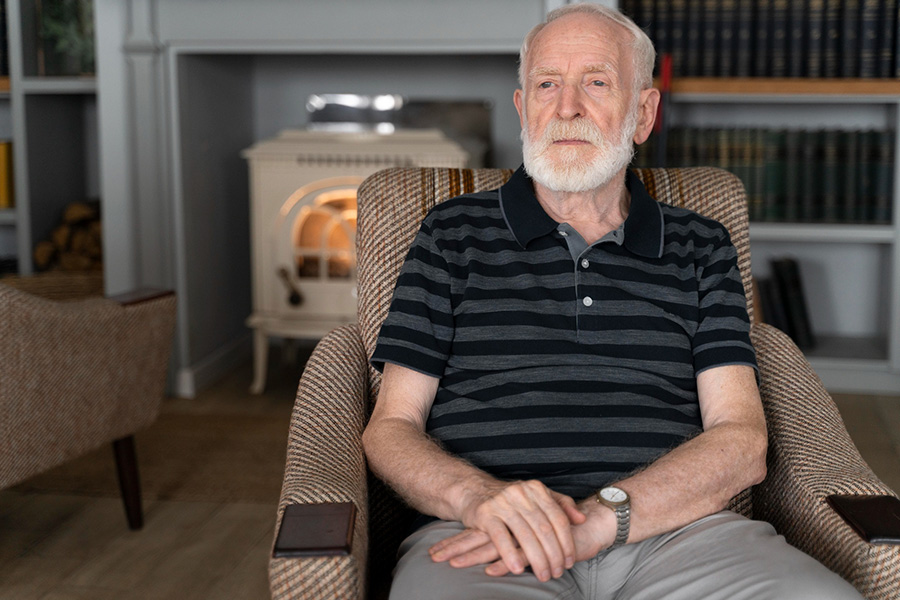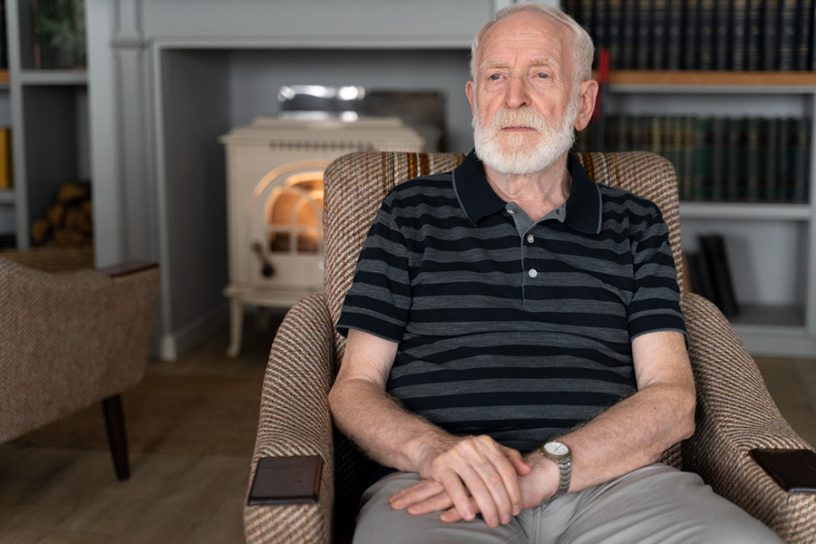
While accuracy for mental rotation of abstract objects declined with age, accuracy for embodied objects was preserved with age, showed the findings.
Authors
Yoshiko Ishioka, Associate Professor, Jindal School of Liberal Arts and Humanities, O.P. Jindal Global University, Haryana, India.
Hiroyuki Muto, Graduate School of Human Sciences, Osaka University, Osaka, Japan; Research Organization of Open Innovation and Collaboration, Ritsumeikan University, Ibaraki, Japan; Institute for the Future of Human Society, Kyoto University, Kyoto, Japan.
Yasuyuki Gondo, Graduate School of Human Sciences, Osaka University, Osaka, Japan.
Hiroki Inagaki, Tokyo Metropolitan Institute of Gerontology, Tokyo, Japan.
Yukie Masui, Tokyo Metropolitan Institute of Gerontology, Tokyo, Japan.
Takeshi Nakagawa, National Center for Geriatrics and Gerontology, Obu, Japan.
Madoka Ogawa, Tokyo Metropolitan Institute of Gerontology, Tokyo, Japan.
Wataru Onoguchi, Faculty of Letters, Arts and Sciences, Waseda University, Tokyo, Japan.
Keitaro Numata, Department of Preschool Education, Osaka Seikei College, Osaka, Japan.
Saori Yasumoto, Graduate School of Human Sciences, Osaka University, Osaka, Japan.
Summary
Mental rotation is a spatial ability allowing one to represent and rotate an object in one’s mind, and its performance declines with age. Given previous findings indicating that likening a to-be-rotated object to a human body improves mental rotation performance in young adults, we examined whether this human-body analogy would improve older adults’ mental rotation performance. We also tested whether the human-body analogy effect is age-dependent.
In the present study, we analyzed data from 423 community-dwelling older adults (age range: 86-97 years; 219 men and 204 women) who answered two items of a paper-and-pencil mental rotation test: one on abstract cube objects (control condition) and one on cube objects with a human face (embodied condition).
The results revealed that more participants correctly answered the item in the embodied condition (32.2%) compared to that in the control condition (19.6%), indicating that the human-body analogy is effective in an oldest-old population (i.e., people aged over 85 years).
Notably, we found age differences in human-body analogy effects. While accuracy for mental rotation of abstract objects declined with age, accuracy for embodied objects was preserved with age. These findings suggest that the human-body analogy may prompt older adults to adopt a holistic, rather than a piecemeal, rotation strategy.
Published in: Collabra: Psychology
To read the full article, please click here.


